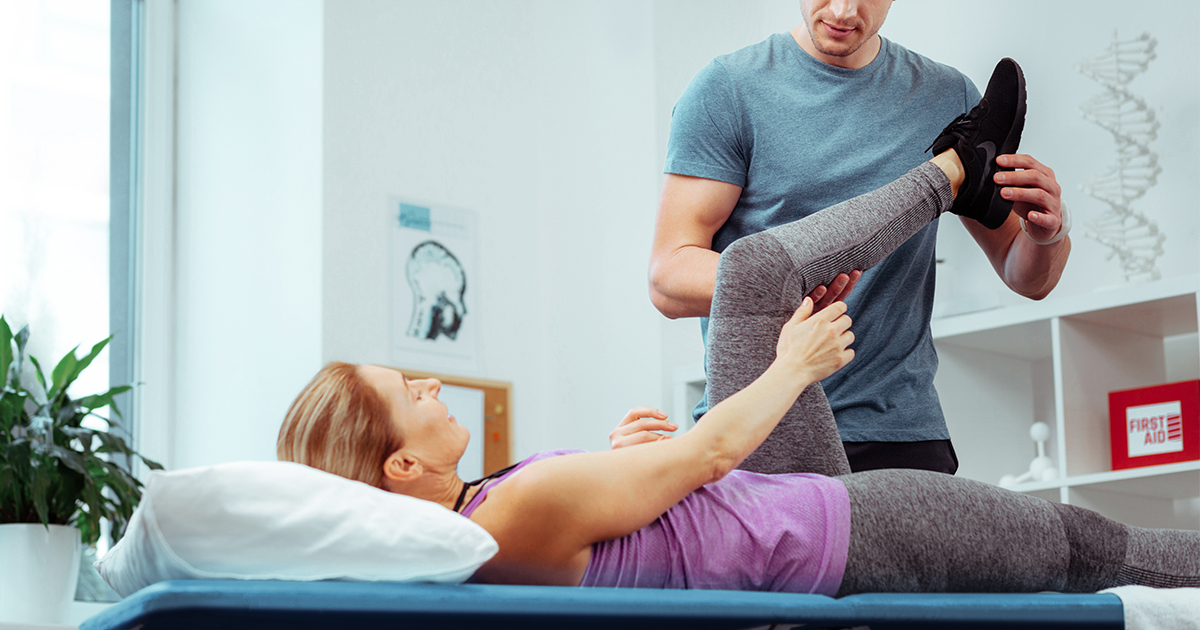

So much of the fitness world’s attention is focused on the trainers and instructors who put us through our paces in class or at the club each week, but spare a thought, especially this month, for the unsung heroes of fitness. All of March it’s National Athletic Trainer month in recognition of the dedicated women and men of sports medicine who patch us up and get us going again when injury (inevitably) happens. As a thank you to every AT for being there for every taped shoulder, rolled ankle and dislocation that comes their way, let’s try and lighten their case load this month. Here are tips to stay strong and avoid the clinic this month and beyond.
Start Right with Pro Preventative Help
March is one of the busiest times of the year for people taking up new sports and fitness activities after being couped up over the long winter months. If you’re considering starting a new kind of workout program, switching gears to try a specialist class, or kick off something like triathlon training – now is an excellent time to call in a pro to help. Most personal trainers will offer a free fitness assessment and help get you started on an initial workout program, but they can also be invaluable for helping you set new goals, work on form and technique for cardio equipment and classes and help design training regimens that prepare your body for a new exercise endeavor – without injury.
Vary Your Routine
Doing the same class or workout at the gym or streaming at home can lead to problems over time. It means you’re targeting the same muscle groups and joints and could face overuse, strains or joint stiffness. Vary your program by maybe trying upper body one day, a HIIT class the next and adding in stretch from yoga or Pilates. Some people tend to focus on the classes and workouts they know well but streaming new workouts and trying a different class in your home workout space is an excellent way to broaden your fitness horizons and get a more full-body workout over time without feeling out of place as a beginner in the studio.
Listen to Your Body
All Athletic Trainers say the same thing from athlete to enthusiast. When you push your body too hard, too fast and for too long, you’re putting it in the line of fire for inflammation, muscle tears and worse. Whether you’re in class, using cardio equipment or working out at home, if you feel pain during a class or movement, stop immediately. Check with a professional, follow their advice and take a break.
Take a Break

Take a day off – without an injury. Even pro athletes have break days to let their bodies rest and muscles repair. If you feel like you’re slacking off, try watching form and technique videos for the classes and workouts you love to deepen your skills knowledge or stream a meditation class to let your mind take a mental health day at the same time.
R.I.C.E. When You Need It
Even when you take precautions during workouts, injuries and overuse strains can happen. When they do athletic trainers recommend the R.I. C. E. program for home care. REST the injury – make sure to take time off from your workouts and exercise to aid healing. ICE the injury to lessen swelling, inflammation and bleeding. C: apply a compression bandage to the affected area and ELEVATE it to reduce swelling.

Author
